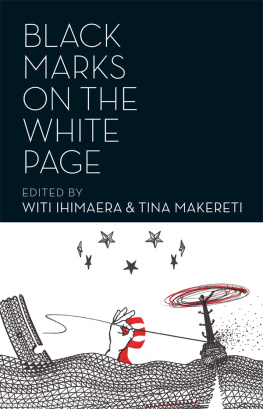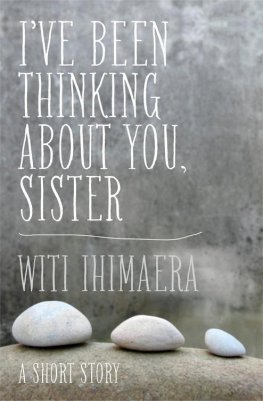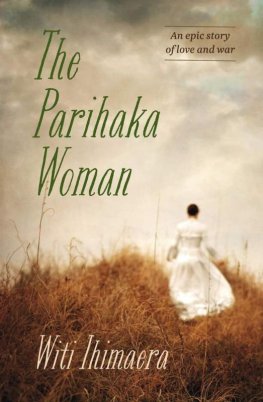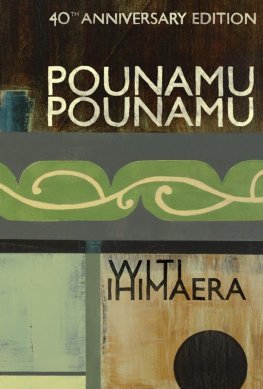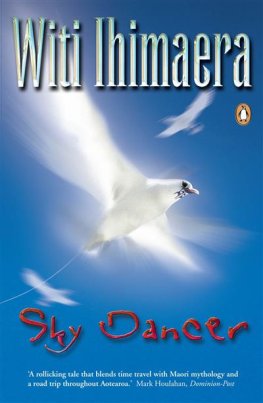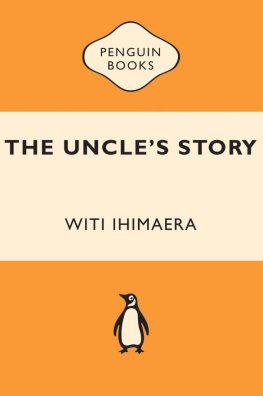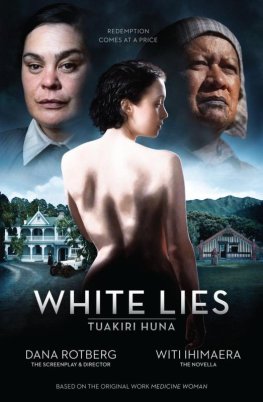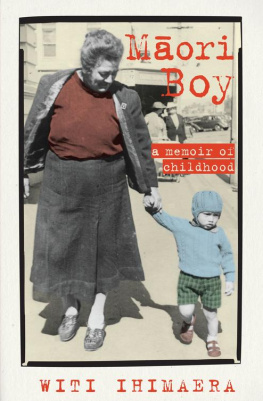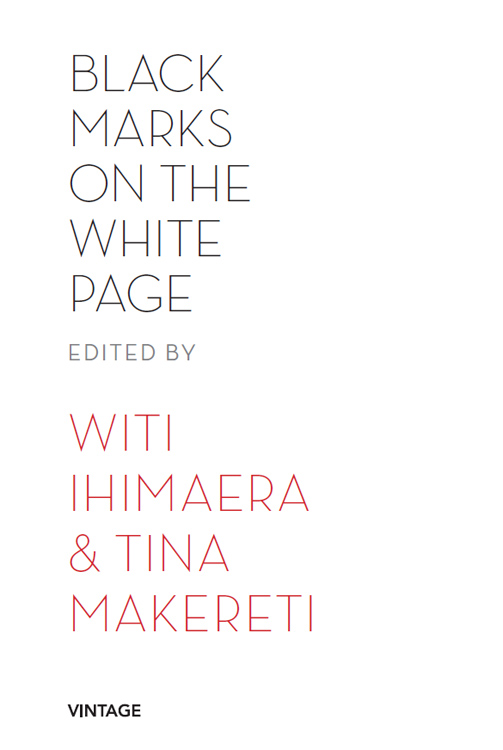VINTAGE
UK | USA | Canada | Ireland | Australia
India | New Zealand | South Africa | China
Vintage is an imprint of the Penguin Random House group of companies, whose addresses can be found at global.penguinrandomhouse.com.
First published by Penguin Random House New Zealand, 2017
This collection Penguin Random House New Zealand, 2017
in individual stories remains with the authors and where relevant their original publishers
in individual artworks remains with the artist
The moral rights of the authors have been asserted.
All rights reserved. Without limiting the rights under copyright reserved above, no part of this publication may be reproduced, stored in or introduced into a retrieval system, or transmitted, in any form or by any means (electronic, mechanical, photocopying, recording or otherwise), without the prior written permission of both the copyright owner and the above publisher of this book.
Design by Kate Barraclough Penguin Random House New Zealand
Cover art by James Ormsby
Prepress by Image Centre Group
A catalogue record for this book is available from the National Library of New Zealand.
ISBN: 978-0-14377-030-5
The assistance of Creative New Zealand towards the production of this book is gratefully acknowledged by the editors and publisher. Our grateful thanks also to the Tautai Trust and the Tautai Fetu Tai patrons for support to the Pasifika visual artists whose work appears in the anthology.
INTRODUCTION
STONES MOVE, WHALE BONES rise out of the ground like cities, a man figures out how to raise seven daughters alone. Sometimes gods speak, sometimes we find ourselves in a not-too-distant future. Here are the glorious, painful, sharp and funny stories of Mori and Pasifika writers from all over the world, and one guest Aboriginal writer whose presence asks us to rethink the boundaries we have set up between ourselves and our neighbours, literal and figurative. The editors collected this work from their location in Aotearoa New Zealand, but this is an Oceanic collection. It crosses the borders that have been constructed between nations, genres, languages and between ways of seeing. By making these Black Marks on the White Page, we redraw the map, rewrite the histories, connect lines across globes that were constructed in the last century, or the one before.
We admire the writers collected here for their work as artists and their individual points of view as fiction writers. Some of them we know not just as writers but also as essayists, teachers of creative writing, reviewers, commentators and opinion makers; not only do they talk the talk, they walk it. Consciously or unconsciously, their work embodies the disruptive act that Mori, Pasifika and Aboriginal writing constitutes in the worldwide literary landscape still the page is white, and still the marks we make upon it are radical acts of transgression, of forcing others to see us in all our complexity and wonder.
WE BRING OUR DIVERSE range of writers together as a talanoa, a conversation, and we are grateful that most were able to accept our invitation. The talanoa is a place that one of our contributors, Jione Havea, would characterise as existing in many dimensions, not just in space but in time. We particularly honour Patricia Grace, Albert Wendt, Alexis Wright and Dw Gorod at our gathering. They are our elders who, together, represent different communities. Patricia Grace has given us a previously unpublished short story; Dw Gorods extract from The Wreck is translated from the original French; Alexis Wright has offered a chapter from her new novel; and Albert Wendt is represented by an extract from his verse novel The Adventures of Vela, which won a Commonwealth Writers Prize for Best Book in 2010. We are moved that their writing continues to celebrate the survival of the alternate imagination.
Along with Albert Wendt and Witi Ihimaera, we have assembled other Commonwealth Writers: Sia Figiel, who won the South East Asia and South Pacific Prize for Where We Once Belonged in 1997; Mary Rokonadravu, who won the Pacific regional Short Story Prize for Famished Eels in 2015; and Tina Makereti, who won that same prize for Black Milk in 2016.
We welcome new and vibrant voices to the talanoa, like Nic Low, and Gina Cole, whose anthology of short stories was published in 2016. Present also are the evocative voices and talents coming out of creative writing classes writers like Anahera Gildea and Kelly Joseph. Our youngest writer is Anya Ngawhare, whose exploration of youthful male sexuality is an extract from a soon-to-be-completed novel. Dramatists like Victor Rodger and David Geary bring a different formal background to fiction that invigorates and charges it.
WHAT WE HOPED FOR, and what our writers delivered, was to go beyond the edges of what is expected from Oceanic writing. First boundary: where we live. Mori are a Pacific people, but when we talk about Pasifika writing this does not generally include Mori writing. Aotearoa is a group of islands in the Pacific, but we usually dont think of ourselves as islanders. For too long we have all been thinking within boxes constructed by old theoretical maps. In Black Marks on the White Page we have taken a more inclusive approach: we wanted to remember our kinship in the wider Pacific.
Black Marks on the White Page creates a new star map, a new navigators chart. It draws its original template from the Pacific Ocean as our continent, as remembered in Epeli Hauofas The Ocean in Us, Albert Wendts Towards A New Oceania, and Alice Te Punga Somervilles Once Were Pacific. Our commonalities are more stimulating than our differences; we find ourselves in the same waka when it comes to literature. So Black Marks contains work from all over the Pacific: as far north as Canada, as far west as Australia, as far south as New Zealand, with Hawaii, Fiji, Samoa, New Caledonia and Tuvalu at the centre.
Some of the main beneficiaries will be the contributors to the talanoa. We need not live in a Mori or Pasifika or Aboriginal bubble. In greeting each other we belong to the same community we can use our synergy to create new ways of looking and working.
OUR SECOND BOUNDARY: what we write. All writers are subject to preconceived ideas regarding who we write like, but for Mori writers, writers from the Pacific, Indigenous writers and writers of colour, the preconceptions can become widely held stereotypes. Even though we sometimes bemoan the scarcity of an Oceanic fiction that looks like us, smells like us, walks like us and therefore must be us, none of us should be constrained by any sense of what were supposed to look or sound like. Creativity doesnt live there. There must be no compulsion to write in any particular way about any particular topics, outside of the writers own creative project. So, whether our work is motivated by whakapapa or by European form, in this volume we can be confident that what our writers write about is endlessly diverse, crossing not only boundaries, but subjects, genres and approaches.

